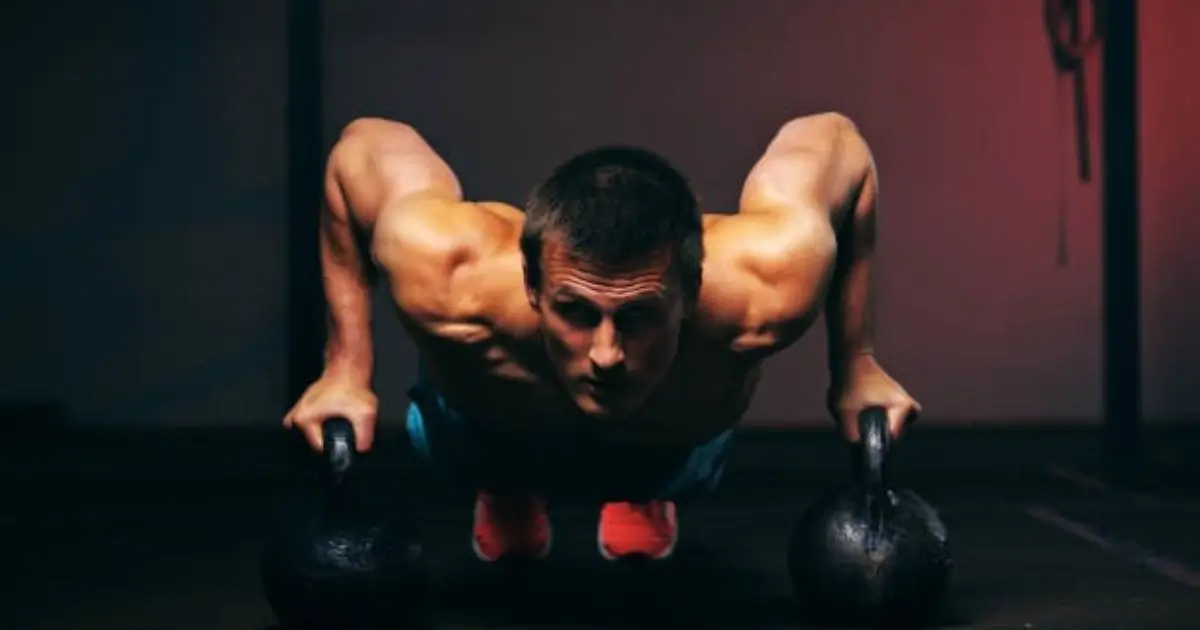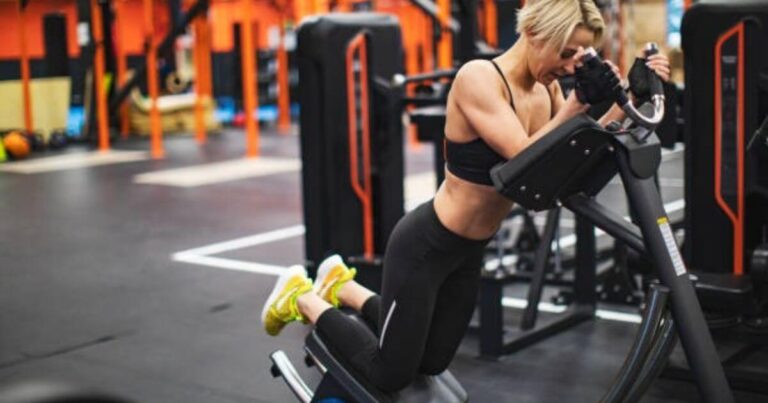Kettlebell Chest Workout: Sculpt and Strengthen Your Pecs
When you think of kettlebell training, chest workouts probably aren’t the first thing that comes to mind. Most people associate kettlebells with explosive movements like swings, cleans, and snatches. But here’s the truth: a well-structured kettlebell chest workout can help build serious upper-body strength and define your pecs without needing a barbell or bench press.
Whether you’re training at home, in a minimalist gym, or outdoors, this post will guide you through how to effectively target your chest using kettlebells—focusing on kettlebell chest workout, functional strength, hypertrophy, and muscular endurance.
Table of Contents
Why Train Chest with Kettlebells?
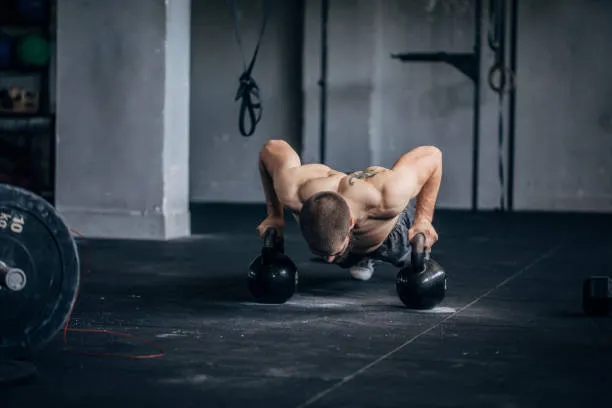
Before jumping into exercises, let’s explore the why behind this method.
Kettlebells offer unique advantages over traditional dumbbells or machines:
- Unstable load: Engages more stabilizing muscles, increasing core and shoulder activation.
- Functional movement patterns: Great for training real-world pushing strength.
- Versatile angles: Can mimic push-up variations, presses, and flys without machines.
“Kettlebells challenge your pecs in dynamic, joint-friendly ways that stimulate new muscle growth and improve pressing mechanics.”
Plus, they’re portable, ideal for home chest workouts, and scalable to all fitness levels.
Anatomy of the Chest: What You’re Targeting
To get the most from your kettlebell chest workout, you need to understand how the chest works. The major muscles include:
| Muscle | Function |
|---|---|
| Pectoralis Major | Horizontal adduction, pushing |
| Pectoralis Minor | Stabilizes shoulder and scapula |
| Serratus Anterior | Assists in upward scapula movement |
| Anterior Deltoid | Assists pressing and fly movements |
Kettlebell exercises can engage all of these through varied planes of motion, helping to build mass, stability, and mobility.
Full Kettlebell Chest Workout Plan
This kettlebell chest workout hits your pecs from multiple angles using compound and isolation-style movements. It’s great for hypertrophy, strength, and tone.
Perform this workout 1–2 times per week with a moderate to heavy kettlebell (12–24 kg depending on experience level). Rest 30–60 seconds between sets.
Warm-Up (5 minutes)
- Arm circles (30 sec each direction)
- Push-up to downward dog (10 reps)
- Shoulder rolls and scapula retraction (10 reps)
- Light kettlebell swings (10 reps)
Main Workout Routine
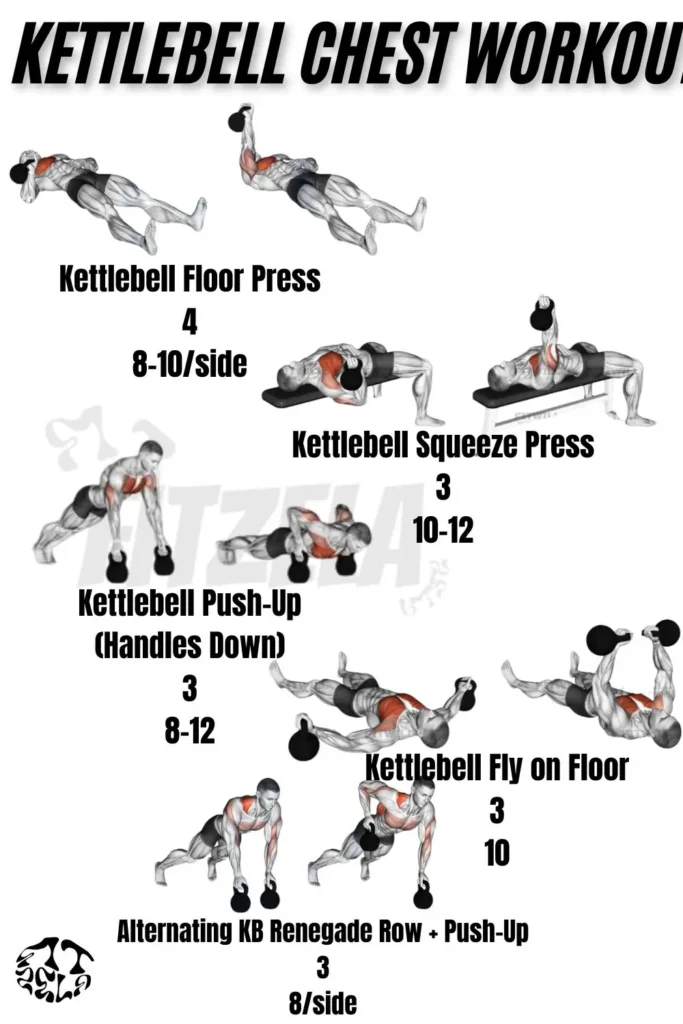
| Exercise | Sets | Reps | Focus |
|---|---|---|---|
| Kettlebell Floor Press | 4 | 8–10/side | Chest activation, unilateral strength |
| Kettlebell Squeeze Press | 3 | 10–12 | Inner chest, time-under-tension |
| Kettlebell Push-Up (Handles Down) | 3 | 8–12 | Pecs, shoulders, triceps |
| Kettlebell Fly on Floor | 3 | 10 | Isolation, chest stretch/contraction |
| Alternating KB Renegade Row + Push-Up | 3 | 8/side | Core + chest + upper back combo |
Bonus Burnout Finisher (Optional)
This finisher adds metabolic stress and pump for growth.
- Kettlebell Chest Pulse Press (light KB) – 20 reps
- Push-Up Hold at Bottom – 30 seconds
- Kettlebell Dead Stop Push-Ups – 10 reps
Repeat the circuit 2x for a powerful finisher.
Weekly Integration Plan
Want to make chest day part of your full-body kettlebell training? Here’s a sample weekly structure:
| Day | Focus Area |
|---|---|
| Monday | Full Body Kettlebell |
| Tuesday | Kettlebell Chest + Core |
| Wednesday | Mobility / Recovery |
| Thursday | Lower Body / Glutes |
| Friday | Kettlebell Back + Shoulders |
| Saturday | HIIT / Conditioning |
| Sunday | Rest or Active Recovery |
Progression Tips: Getting Stronger Over Time
To keep progressing with your kettlebell chest workout, apply progressive overload:
- Increase weight every 2–3 weeks
- Add reps or slow down tempo
- Incorporate isometric holds
- Superset with push-up variations
“Progress doesn’t require new equipment—just smart training adjustments.”
Nutrition for Muscle Definition
No matter how solid your chest training is, you won’t see defined pecs without proper nutrition.
Guidelines:
- Aim for 1g protein per pound of lean body mass
- Stay in a slight calorie deficit for fat loss
- Eat complex carbs post-workout for recovery
- Prioritize healthy fats for hormone function
Data Insight: A study published in Nutrients (2021) shows that protein timing post-resistance training can significantly improve muscle protein synthesis—especially when paired with compound exercises like kettlebell presses.
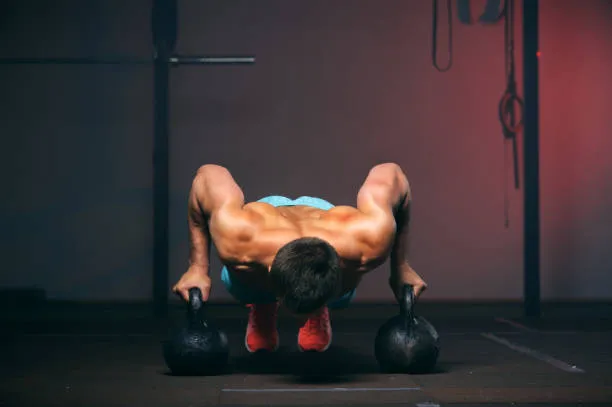
NLP Keywords and Semantic Variations
To improve your training and SEO relevance, here are key NLP-friendly variations used throughout this post:
- Chest strength training
- Kettlebell press technique
- Bodyweight and kettlebell hybrid
- Pectoral muscle development
- Functional chest workout
- Resistance training for upper body
These reinforce the topic depth and context for search engines and human readers alike.
Kettlebell Chest Workout Mistakes to Avoid
Here are a few common pitfalls beginners make:
Using too heavy a kettlebell too soon
Flaring elbows too much during presses
Not stabilizing shoulders during push-ups
Rushing reps instead of feeling the muscle contract
Fix it: Focus on quality reps over quantity, and don’t skip the warm-up.
🔗 Related Workouts & Resources
If you’re enjoying this kettlebell journey, check out these next:
- The Ultimate Kettlebell HIIT Workout: Burn Fat & Build Endurance Fast
- The Ultimate Kettlebell Chest Workout for Strength & Definition
📥 Download: Kettlebell Chest Workout PDF
Want to take this plan with you to the gym or park?
🎁 Click here to download the FREE Kettlebell Chest Workout PDF and get stronger anywhere.
Summary Table: Key Benefits
| Feature | Benefit |
|---|---|
| Unilateral Chest Training | Fixes muscle imbalances |
| Time-Efficient Format | Full workout in 30–45 minutes |
| Full Pec Engagement | Targets upper, mid, and inner chest |
| Scalable to Any Level | Beginner to advanced friendly |
Final Thoughts: Redefine Your Chest Training
The next time you reach for a barbell or machine to train chest, consider picking up a kettlebell instead. This kettlebell chest workout is versatile, effective, and delivers real-world strength that translates beyond the gym.
By combining the principles of hypertrophy, stability, and functional movement, you can sculpt a strong, lean, and well-balanced upper body—all with just one tool.
Challenge yourself: Try this workout twice a week for the next 4 weeks and track how your chest strength and shape improve.


